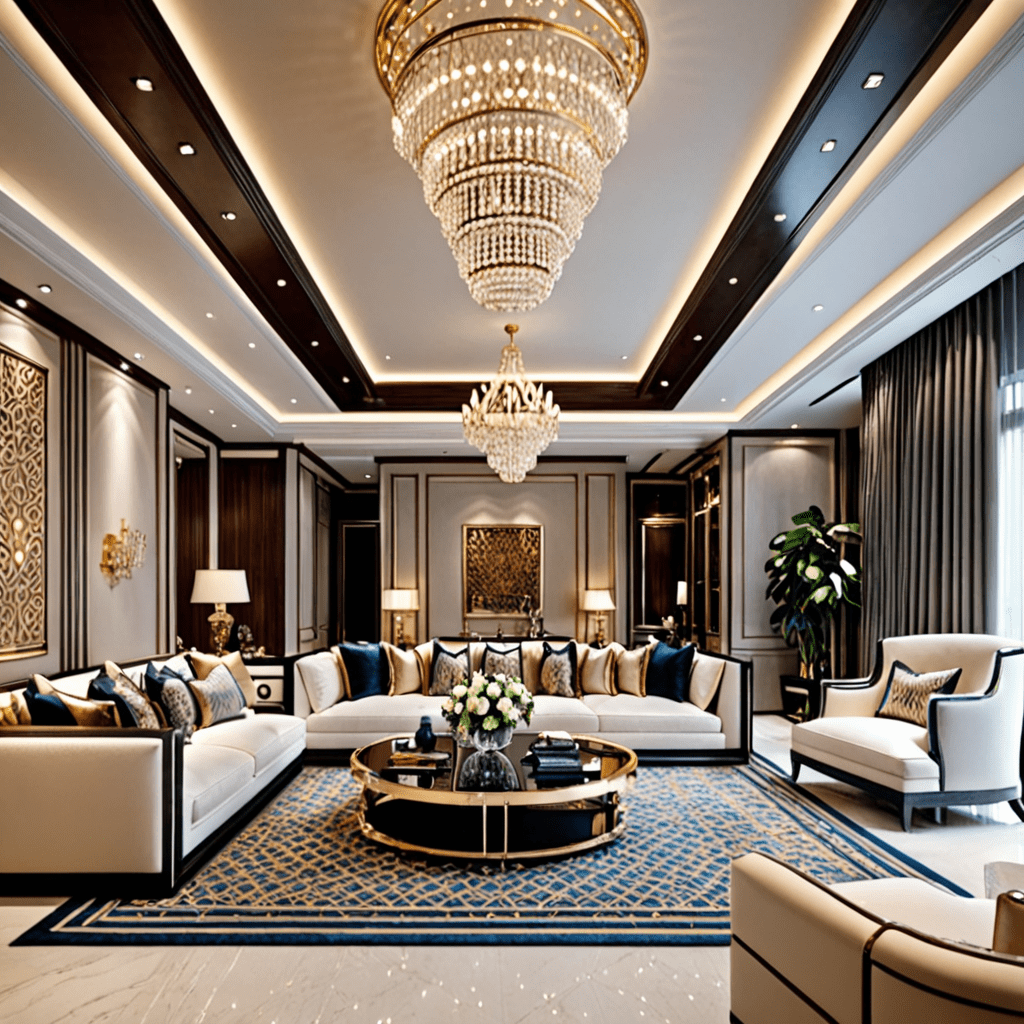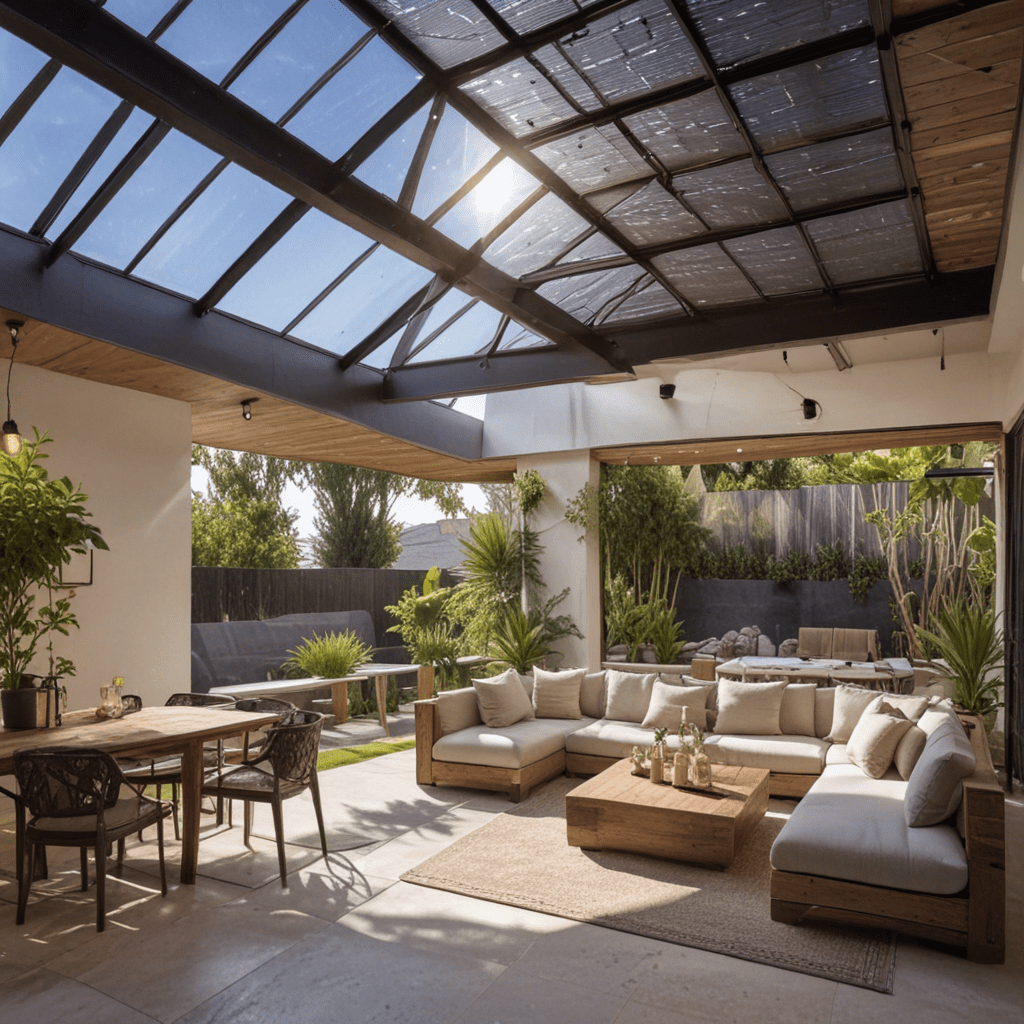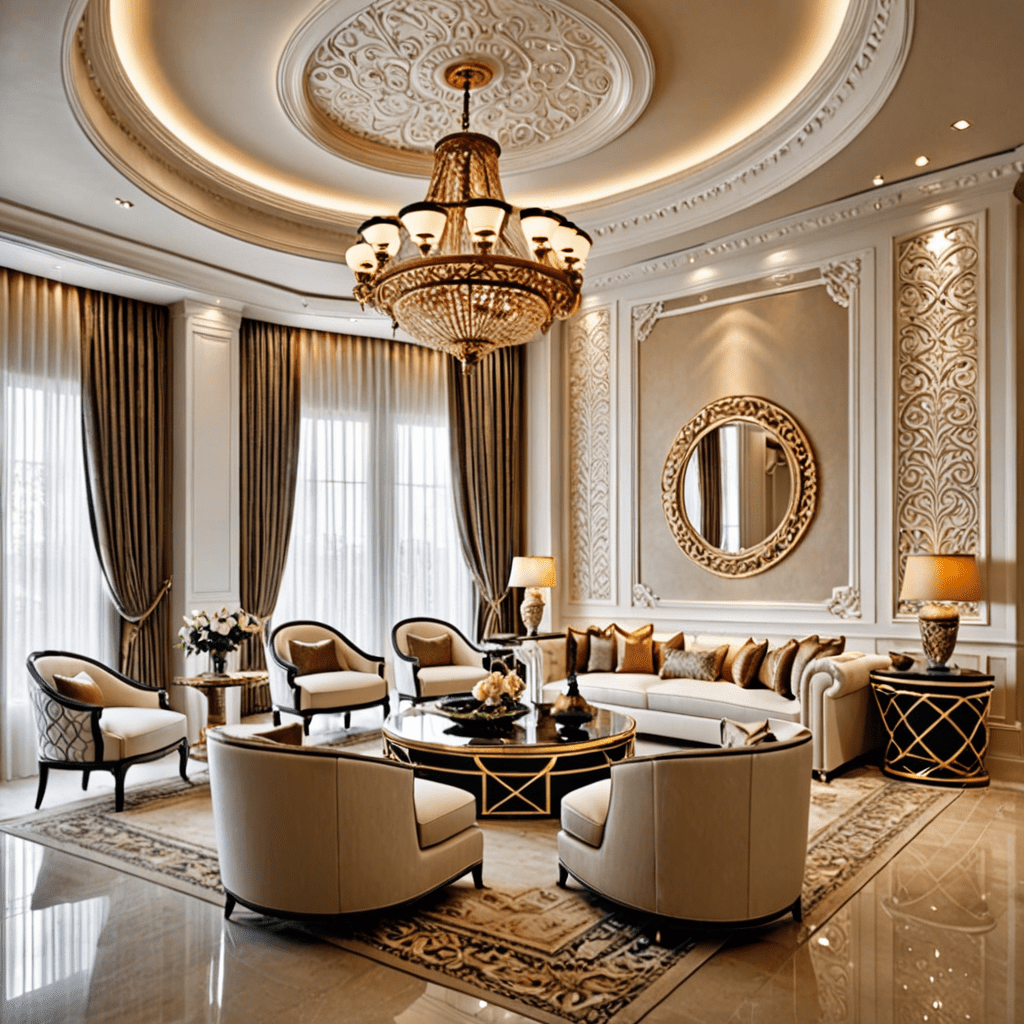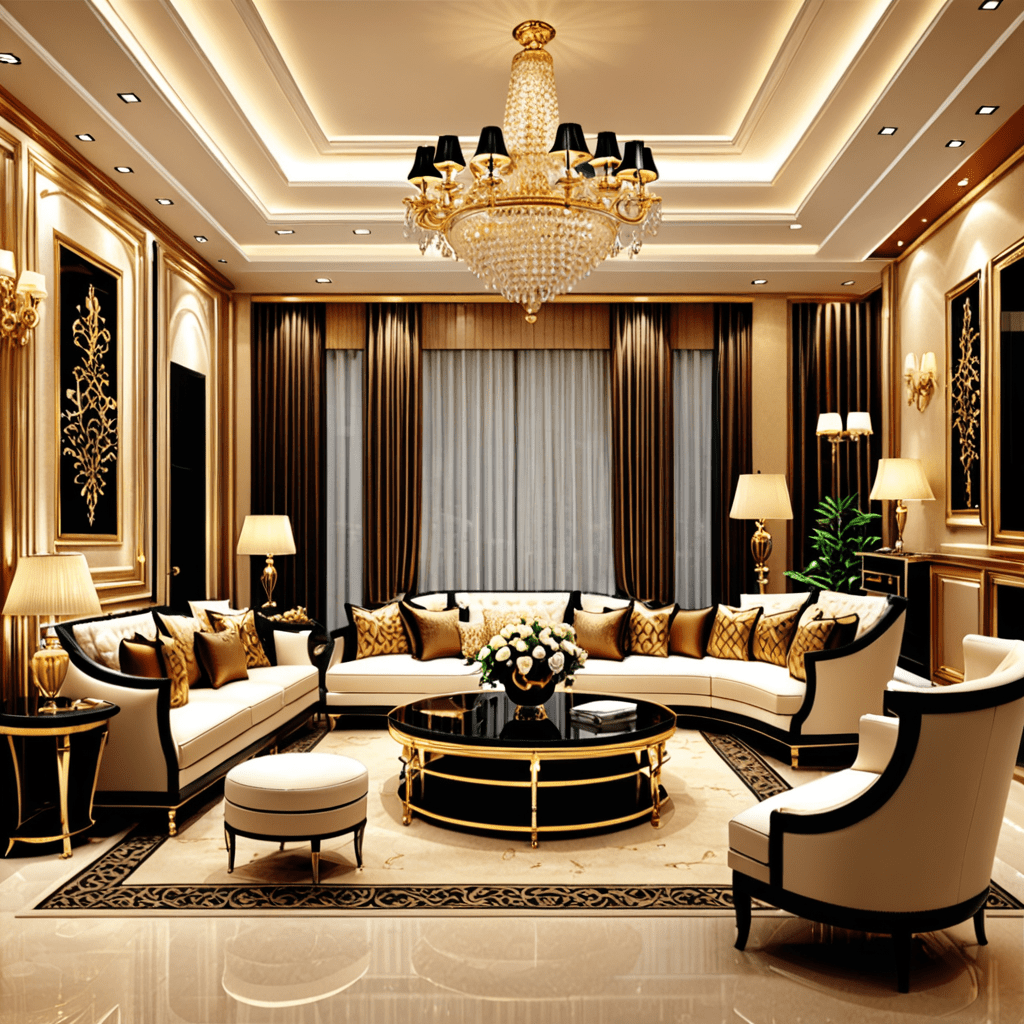„The Power of Adjacency Matrix in Elevating Interior Design”


The Power of Adjacency Matrix in Elevating Interior Design
Introduction
In the realm of interior design, every decision and element plays a crucial role in creating a harmonious and visually appealing space. Designers strive to optimize the flow and functionality of a room while maintaining aesthetic appeal. One powerful tool that aids in this process is the adjacency matrix. In this article, we will explore the concept of adjacency matrix and its impact on interior design.
What is an Adjacency Matrix?
An adjacency matrix is a visual representation of the relationships between different elements within a space. It provides a comprehensive overview of how different components interact with each other and helps designers plan and organize the layout effectively. The matrix typically consists of a grid with rows and columns representing various objects or areas in a room.
Utilizing Adjacency Matrix in Interior Design
The adjacency matrix can be a valuable tool in the design process, especially when it comes to optimizing space functionality. By analyzing the relationships between different objects or areas, designers can ensure a seamless flow and maximize efficiency within an interior space. Let’s delve deeper into how adjacency matrices are used in various design contexts.
Furniture Layout
When planning the placement of furniture, an adjacency matrix can provide a clear overview of how each piece relates to others. This enables designers to create a balanced layout that maximizes both functionality and aesthetic appeal. By considering the adjacency relationships, designers can avoid potential conflicts or obstructions, ensuring a smooth traffic flow within the room.
Lighting Design
Illumination is a crucial factor in interior design as it sets the mood and enhances the overall ambiance of a space. Adjacency matrices can aid designers in planning the placement of lights, taking into account the relationship between light fixtures, windows, and other architectural elements. By strategically positioning the light sources, designers can highlight focal points, create appropriate lighting levels for different areas, and ensure a visually pleasing atmosphere.
Color Scheme and Material Selection
The use of an adjacency matrix can also assist designers in selecting color schemes and materials that complement each other harmoniously. By visualizing the relationships between different colors and materials, designers can create a cohesive and visually appealing palette. This systematic approach helps avoid clashes or inconsistencies in the overall design and enhances the aesthetics of the space.
Functionality and Traffic Flow
An effective interior design considers both the functionality and traffic flow within a space. By utilizing an adjacency matrix, designers can analyze how various components and areas interact. This enables them to create efficient pathways, optimize space usage, and ensure that the design caters to the specific needs of the occupants.
Optimizing Small Spaces
Small spaces can present unique design challenges. However, an adjacency matrix can be invaluable in optimizing limited square footage. By carefully considering the relationships between different elements, such as furniture, storage solutions, and multi-purpose areas, designers can make the most of the available space without compromising on functionality or visual appeal.
Conclusion
Incorporating an adjacency matrix into the interior design process can greatly enhance the overall functionality, flow, and aesthetics of a space. By visualizing the relationships between various components, designers can make informed decisions that result in a harmonious and well-designed environment. Whether it’s furniture layout, lighting design, or color scheme selection, the power of adjacency matrix should not be underestimated in elevating interior design.
Frequently Asked Questions
1. How does an adjacency matrix differ from a floor plan?
An adjacency matrix focuses on the relationships between different elements within a space, whereas a floor plan provides a visual representation of the layout and dimensions of the room. While a floor plan shows the physical arrangement, an adjacency matrix helps designers analyze how these elements interact with each other.
2. Can I create an adjacency matrix on my own?
Absolutely! With proper guidance and knowledge, anyone can create an adjacency matrix. While it may be more common for interior designers to utilize this tool, homeowners and DIY enthusiasts can also benefit from its use when planning their interior spaces.
3. Are there any software or tools available for creating adjacency matrices?
Yes, several software programs and online tools offer features specifically designed for creating adjacency matrices. Some popular options include AutoCAD, SketchUp, and Microsoft Excel. These tools can streamline the process and provide a more visual representation of the matrix.
4. Can an adjacency matrix be used in commercial interior design?
Absolutely! Adjacency matrices are versatile tools that can be equally useful in both residential and commercial interior design. Whether you’re planning an office layout, a retail space, or a hospitality environment, the concept of adjacency matrix can assist in optimizing the functionality and overall design.
5. Are there any limitations to using adjacency matrices in interior design?
While adjacency matrices are a powerful tool, they shouldn’t be viewed as the sole determinant in the design process. Designers must consider other factors, such as aesthetics, accessibility, building codes, and client preferences. Additionally, it’s important to remember that an adjacency matrix is a planning tool and may require adjustments during the implementation phase.




